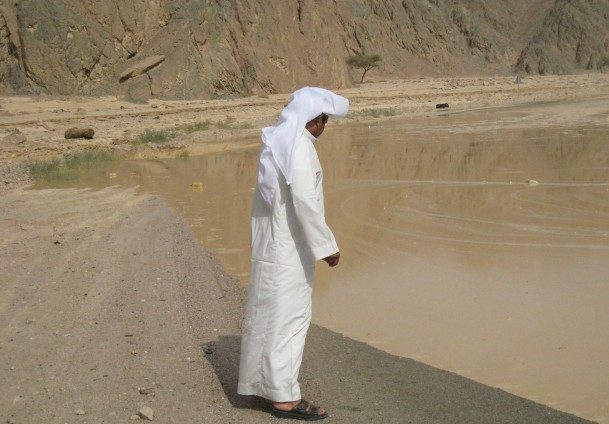KIBBUTZ KETURA, Israel: A few years ago, long before he was named US special envoy for Middle East peace, George Mitchell made the point that wars are usually fought until a conclusion of the conflict has been reached. He then made the point that the tragedy of the Israeli-Palestinian conflict was, and still is, that we have known what that conclusion looks like for a long time. What needs to be negotiated is not the final-status issues; what is left to be negotiated is the fine-tuning of those issues within the square of the Clinton parameters, the Arab Peace Initiative, the Taba Accords, and the Geneva Initiative and Annexes. Yes, the devil may lay in the details, but the longer the delay the stronger the devil becomes.
The pathos of tragedy includes an element of redemption; it is unclear if this conflict has that luxury anymore. While this conflict contains most of the elements of a tragedy, at this stage madness may be a better description.
Part of the problem is that the tail has been allowed to wag the dog for too long – the radical fringes are allowed to shape the debate and in so doing create impossible and negative impressions of both sides. This despite the majority of Israelis and Palestinians saying that they want peace and understand that it will be found within the square mentioned above.
It is time for the voice of that majority to be heard and to take back the debate. In the ebb and flow of diplomacy, the ups and downs of the peace process, there are scores of Palestinian, Jordanian and Israeli people-to-people NGOs that are a constant; they are on the ground modeling what Israeli and Palestinian politicians in the area have failed to achieve – tangible, concrete examples of what peace can look like. Their actions say that peace is no mirage, but a reality.
It is time to allow their message and model to shape the debate and create the conditions that will give the politicians the backbone to deliver the peace that is so desired here. One way to do that is by raising the profile and work of those organizations. One means to that end is for political leaders to step out of their box and not only meet with each other but visit the above mentioned Palestinian, Jordanian and Israeli people-to-people NGOs.
Newly-named Nobel Peace Laureate President Barack Obama, and other high-ranking members of his administration, along with King Abdullah, President Abbas and Prime Minister Netanyahu need to add visits and knowledge of these organizations to their itineraries.
While I have no illusions that such visits will be all that needs to be done, they can play a vital role to help reshape the psychological landscape that has been so damaged. In so doing, they will present the peoples of the region with a real vision of hope that is grounded in the positive concrete examples of these grassroots organizations.
Rabbi Michael M. Cohen is the director of special projects for the Arava Institute for Environmental Studies (www.arava.org), which trains a new generation of environmental leaders for the Middle East. This article is distributed by the Common Ground News
